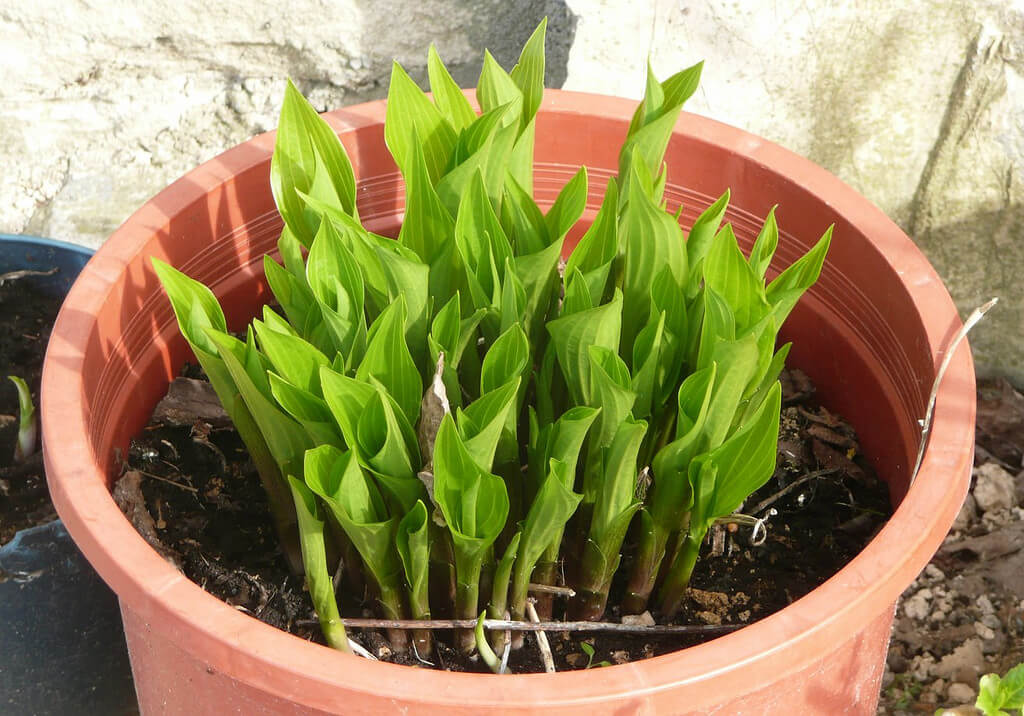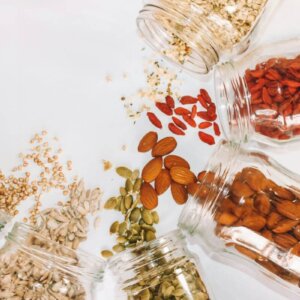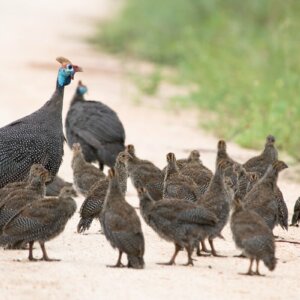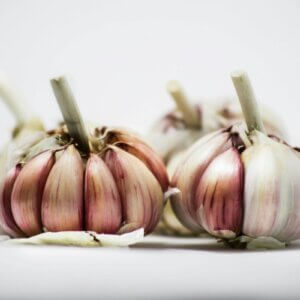“Oh my! That hosta is huge!” I was standing in my front drive, surveying what I called the circle garden. It was encased in a rock wall that outlined a circle around a gracious, old willow tree.
And the hosta was huge. Not just the expanse of the plant itself, but the leaves rivaled those of elephant ear plants. In fact, they looked more like elephant ears than the leaves of an elephant ear plant.
The dark leaves laid out a platform across at least a quarter of the circle garden, ending only where another large hosta plant attempted to make its own mark on the area. This hosta had variegated green leaves, with more dark green than light green. Not as big as the other hosta, but it was certainly a good size. And believe it or not, there was yet another large hosta in my circle garden.

Here I was concerned about leaving behind my two treasured hostas in my tiny suburban garden when I moved to the country. Which I didn’t. I brought them along, too, when I moved. But where to put them. That was the challenge. They needed a garden of their own.
Fortunately, there were some vacant spots where the previous owner had dug up their own treasures before moving out. It turned out to be good locations because my previously suburban hostas are now rivaling the country hostas in size and brilliance.

Also called plantain lilies, hostas come in all shapes and sizes, with leaves that are large and broad, to leaves that are long and narrow like a sword. Some of the leaves are rounded, almost heart-shaped, while others are flat or concave. The leaf surfaces also vary from smooth to bubbled (known as seersuckered).
How To Care For Hostas
Hostas prefer shade and need plenty of water. Although there are some varieties of hosta—usually the ones with variegated leaves—that will tolerate more sun, the leaves of most hosta plants will pale and turn a brittle yellow if exposed to too much sun.
Related Post: 6 Plants That Like Wet Soil
However, hosta is one of the toughest plants and will endure just about any growing condition. My humungous hosta display in the circle garden is evidence to that. After several years of severe drought, my hostas are expanding in size and producing more flowers than ever.

A year of soggy, wet conditions had the same effect. The only thing hosta doesn’t like is winter, something I agree with. But it comes back year after year, bigger and grander than ever.
Although a hardy plant, there are some things to know about caring for the hosta. They really don’t like a long drought, although, as my hosta proved, they will endure it. They prefer rich, well-drained soil with a consistent amount of moisture. The darker green hostas do well in full shade. Variegated varieties prefer partial or full sun. If a variegated variety is planted in full shade, it may convert back to the solid dark green. Remember, hosta is genetically unstable! It can and will mutate.
Dividing And Transplanting Hostas
The good thing about hosta, you’ll never have just one. Since they tend to grow really big, they are easy to divide and transplant. Every year, I take a sharp spade and dig out a chunk of root from my lofty hosta and plant the roots in other garden areas around the property.
It’s interesting to watch what happens to the transplants. The colors change, mutate and vary depending on the location of the garden. Sometimes the new transplants disappear for a couple of years and then miraculously sprout up the following spring.

Although the best time to divide the hosta is in the spring, I have been successful in dividing my hostas in the heat and drought of the summer and even well into the fall. Just so long as I keep the new plants well watered. Remember, they are tough plants. After the flowers are done, cut the flower stems to preserve moisture and nutrients for the ever-growing plant itself.
Common Hosta Pests
A few summers back, I discovered, to my horror, that something had eaten every one of my hosta leaves. On every plant! In every garden! I was horrified. And I must confess, I was in tears. It wasn’t the rabbits, though we do have them around us. Or the slugs—they can also be a nuisance. It wasn’t even our resident groundhog who was annoyingly digging big holes everywhere.
It was the deer. The very same deer I had admired in the fields beyond our property. How do I know? I caught them red-handed. Or should I say, red-hooved? The plants survived. The flowers appeared. And the following spring, new growth sprouted up with equal fervor as the previous spring. No permanent damage. Just an unsightly mess. And we complain about humans being greedy!

Ever since I’ve protected my hosta. I cover them with deer fence netting. Perhaps not the most beautifying part of my garden, but the leaves and flowers soon take over and you hardly notice the netting. Best yet! The deer can’t get a mouthful of what they think is a treat I grew just for them. Ha!
There are other threatening pests that attack hostas. Fortunately, mine haven’t (yet) endured an onslaught of foliar nematodes (microscopic worms that eat through the leaf veins, leaving the leaves yellow and then brown), and what has been identified as Hosta Virus X which causes mottling of the foliage.

There is no known cure for either. Yet. Other than to dig up the infected plants and discard them. As I said, thankfully, I haven’t come across either of these blights in my hosta.
Hosta Plant Varieties
I always believed hosta plants to be dark green leaves and nothing more. A good carpet plant for a shady area. That’s all they did in suburbia. In the country, not only did they grow in size, but they also produced countless stems full of flowers. Some of them were even fragrant.

Upon doing more research on this herbaceous perennial, I discovered that there were more hosta varieties than just my dark green and variegated. Some of the names are just as colorful as the plant itself. In fact, there’s a hosta called a Strip Tease Hosta!
With over 3,000 varieties of hostas to choose from (that includes only the known, registered varieties), there is definitely a hosta for every taste and every garden.
The color and shape of the leaf determine, to some extent, the interesting names attached to the hosta variety. For example, here are just some of the green leafed hosta names:
- Biggie
- Bitsy Green
- Blarney Stone
- Purple Dwarf
- Praying Hands
Yellow and gold-leafed hostas, which do well in full sun, include names like:
- Fire Island
- Midas Touch
- Good as Gold
- Remember Me (which is variegated with a yellow center and green margin)
- Golden Tiara (also variegated with a green center and yellow margin).
And then there are the blue-leafed varieties which should be grown in full shade. I love some of the names of blue-leafed hostas:
- Blue Moon (with heart-shaped, bluish-green leaves)
- Big Daddy
- Blue Angel
- Blue Heaven
- Baby Bunting
And this is only a few of the hosta varieties. There’s also the wide-range of variegated-leafed hostas like undulata variegate (which is white in the middle with green edges) and the marginally variegated francee.

It’s interesting to note that hostas, one of the more popular plants for shady gardens, have mutated from a simple green leaf plant to a wide variety of rich colors and color combinations. Hostas are genetically unstable. Consequently, they easily mutate.
Variegated Leaves
All you have to do to see a new shoot come up a completely different shade of green is to divide a root. This can also cause you to grow variegated leaves. This new growth is called a sport. It may or may not keep its new coloring.
And that’s what’s happened to the deep green hosta, the leafy shade plant to edge large garden spaces. It’s no longer just green. In fact, there are yellow-leafed hostas and blue-leafed hostas, as well as the many varieties of variegated colored leaves.

And the flowers, that appear at varying times throughout the summer topping long, slim stems, are a wide palette of colors as well. Some of the hosta flowers even have a fragrance, intoxicating like jasmine or gardenia.
There are large hostas that can become mammoth in size, like the ones taking up space under my willow tree in the circle garden. At the opposite end of the spectrum, there are even miniature hostas which are perfect for a container garden.
So, what grows well with hosta? Astilbe is always a good combination plant. My hosta plants are surrounded by tulips, daffodils, columbine, trillium, irises, and peonies. These spring/early summer flowers wither away just as the hosta take over in all their glory. It makes for a good combination and a steady growth of interesting flowers and foliage.
I have to admit, I don’t remember hostas in my mother’s garden. Nor in my grandmother’s garden or my great grandfather’s. All three were avid gardeners and had a wide variety of plants in their various gardens. But no hosta. My mother took an interest in hosta later in her gardening life, and she encouraged me to grow hosta as well. It certainly is a plant that has increased in popularity and variety. And my circle garden is proof of that.








































Leave a Reply